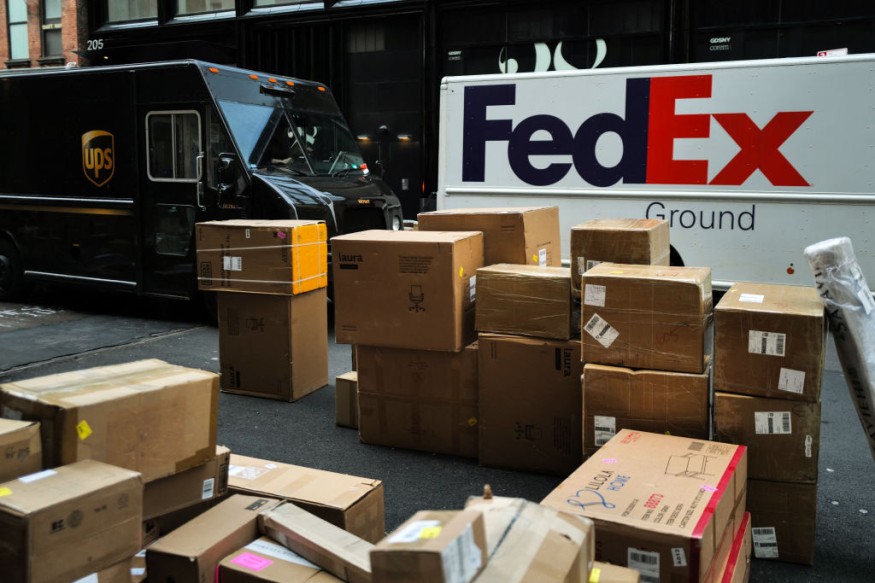Inventory Mystery Deepens: Retail Industry Pulls Back on Organized Crime Blame
The largest retail trade association in the country, the National Retail Federation, has updated a study from April that retracted the assertion that organized retail crime is responsible for over half of the industry's overall shrinkage. The survey evaluates total inventory loss, including theft.
After Retail Dive discovered errors in the data, the organization revised their organized retail crime report on December 1. An online news source covering retail developments is called Retail Dive.

The trade association and financial crimes risk management company K2 collaborated to create the first report. The study falsely claimed that organized retail crime was responsible for almost half of the $94.51 billion in so-called industry decline.
Vice president of asset protection and retail operations for the national retail group David Johnston said in an interview on Thursday that K2's reference to U.S. Ben Dugan, the head of the Coalition of Law Enforcement and Retail, or CLEAR, was a nonpartisan organization at the time of his 2021 Senate testimony. Using the group as support, Dugan claimed in his testimony that $45 billion in yearly losses for retailers were caused by organized retail crime.
The K2 analyst therefore drew the erroneous conclusion that the CLEAR number and the results of the 2022 NRF security survey were related. Although Johnston was unable to verify the source of CLEAR's $45 billion estimate, he stated that a retail trade group security assessment from 2016 indicated a $45 billion overall shrink loss.
The updated report also removed any mention of CLEAR and any assessment of the total monetary effect of organized retail crime.
Retailer Decisions vs. Broader Crime Data
Target said in late September that it was shutting nine locations across four states, including three in the San Francisco Bay Area and one in the East Harlem district of New York City. The company cited threats to employee and consumer safety from theft and organized retail crime. Late October saw the shops shut.
However, a research on shoplifting that looked at 24 major American cities and was released in November by the impartial Council on Criminal Justice presents a different image. Shoplifting occurrences were 16% higher in the first half of 2023 than in the first half of 2019, according to the study, which analyzes police statistics up to that point. However, recorded incidences decreased by 7% during the same year, excluding New York City.
Co-author of the paper Ernesto Lopez of the Council of Criminal Justice stated that prior attempts to gauge shoplifting trends, which relied on information from specific jurisdictions or stores, were given fresh perspective by this study. Further data is still required.
The "widely understood fact that organized retail crime is a serious problem impacting retailers of all sizes and communities across our nation" is something that the National Retail Federation stated it supports on Thursday.
However, it acknowledged that obtaining and evaluating "an accurate and agreed-upon set of data to measure the number of theft incidents in communities across the country" presents difficulties for both law enforcement and the retail sector.
Related Article : Supreme Court Case Threatens Billionaire Taxes, Could Unleash Chaos on U.S. Finances
Copyright © MoneyTimes.com










